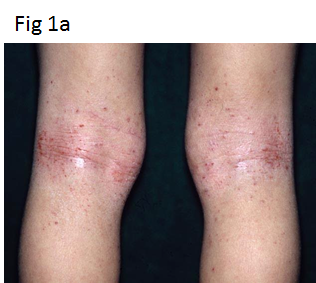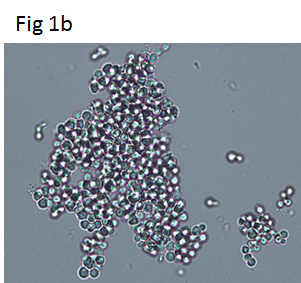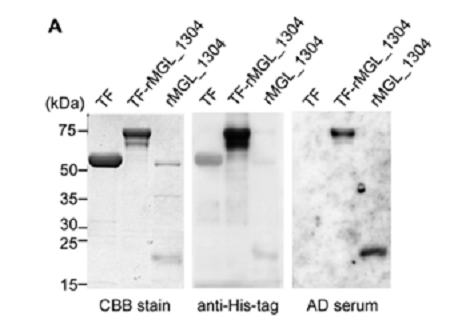【Major Papers of the Laboratory】
・Oncostatin M suppresses IL31RA expression in dorsal root ganglia and interleukin-31-induced itching.
Suehiro M, Numata T, Saito R, Yanagida N, Ishikawa C, Uchida K, Kawaguchi T, Yanase Y, Ishiuji Y, McGrath J, Tanaka A. Front Immunol. 2023 Nov 16;14:1251031.
・A Staphylococcus epidermidis strain inhibits the uptake of Staphylococcus aureus derived from atopic dermatitis skin into the keratinocytes.
Numata T, Iwamoto K, Matsunae K, Miyake R, Suehiro M, Yanagida N, Kan T, Takahagi S, Hide M, Tanaka A. J Dermatol Sci. 2024 Mar;113(3):113-120.
・Increase of tissue factor expression on the surface of peripheral monocytes of patients with chronic spontaneous urticaria.
Saito R, Yanase Y, Kamegashira A, Takahagi S, Tanaka A, Uchida K, Kawaguchi T, Hide M. Allergy. 2020 Apr;75(4):971-974.
・A survey on subtypes and clinical characteristics of 1061 patients with urticaria in the primary care institutes in Japan.
Saito R, Takahagi S, Nakano F, Furutani K, Mihara S, Numata T, Kameyoshi Y, Tanaka T, Shindo H, Niimi N, Iwamoto K, Hiragun T, Hiragun M, Tanaka A, Hide M. J Dermatol. 2022 Dec;49(12):1255-1262.
【Education】
Our educational programs in dermatology cover a series of pathologic changes occurring on the surface of the body, namely the skin and mucosa. Various medical and surgical interventions are utilized for the treatment.
Dermatology seminar series give undergraduates comprehensive understanding of cutaneous structure and physiological function, and immune system of the skin, followed by the profound introduction of various kinds of skin diseases. They include urticaria, atopic dermatitis, skin tumors, burn injuries, skin infections, keratoses, blistering diseases, drug-induced skin reactions, collagen diseases, genodermatoses and so on.
Bed-side clinical trainings provide experiences of dermatological practice by participating in patients' care with senior physicians. In addition to basic skills in clinical medicine, such as medical interview and history taking, physical examination, visual inspection and palpation of the skin, diagnostic process unique to dermatology is learned. Complementary analysis and understanding of the gross presentations and the microscopic histological manifestations of skin lesions are particularly important for precise diagnosis and proper treatments of skin diseases.
Graduate students are actively engaged in innovative medical research in the field mentioned below based on their interest. Graduates can take various careers, such as a dermatology specialist, a resident or fellow in domestic outside Hiroshima University, or a postdoctoral fellow in abroad.
【Research】
1.A study on epidemiology and pathophysiology of urticaria
2.A study on epidemiology of atopic dermatitis
3.A study on developing a new therapy based on skin microbiome (S. aureus)
4.A study on wound healing and skin regenerative medicine
5.A study on differentiation of sweat gland tissue
6.An analysis of pathophysiology of atopic dermatitis and pruritus
7.An analysis of regulation of type 2 inflammation by neuropeptide secreted from keratinocytes
8.A development of questionnaires on angioedema in Japanese
9.A study on epidemiology and pathophysiology of hereditary angioedema
Many patients with atopic dermatitis experience the exacerbation of skin symptoms by sweating. It may be accounted by the immediate-type hypersensitivity against an antigenic protein, MGL_1304, which is produced and released into the sweat by Malassezia globosa. In fact, IgE antibody against MGL_1304 can be detected in sera obtained from patients with atopic dermatitis.
【Photo explanation】 Fig 1c,
IgE antibody against MGL_1304 is detected in sera obtained from patients with atopic dermatitis
(※Fig 1c is adopted from Hiragun, T. et al. Fungal protein MGL_1304 in sweat is an allergen for atopic dermatitis patients. J Allergy Clin Immunol 2013, 132, 608-615 e604.)

 Home
Home




